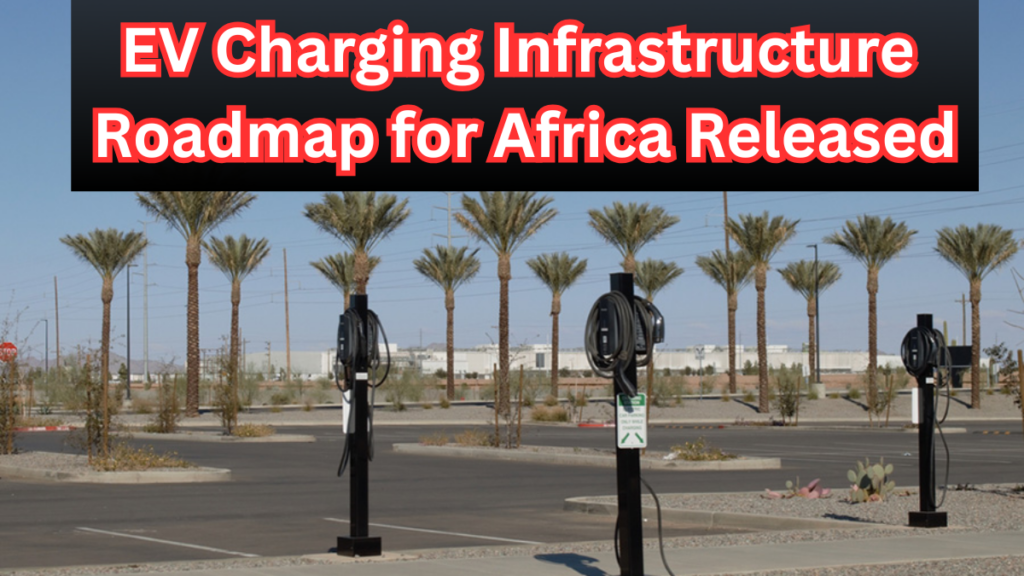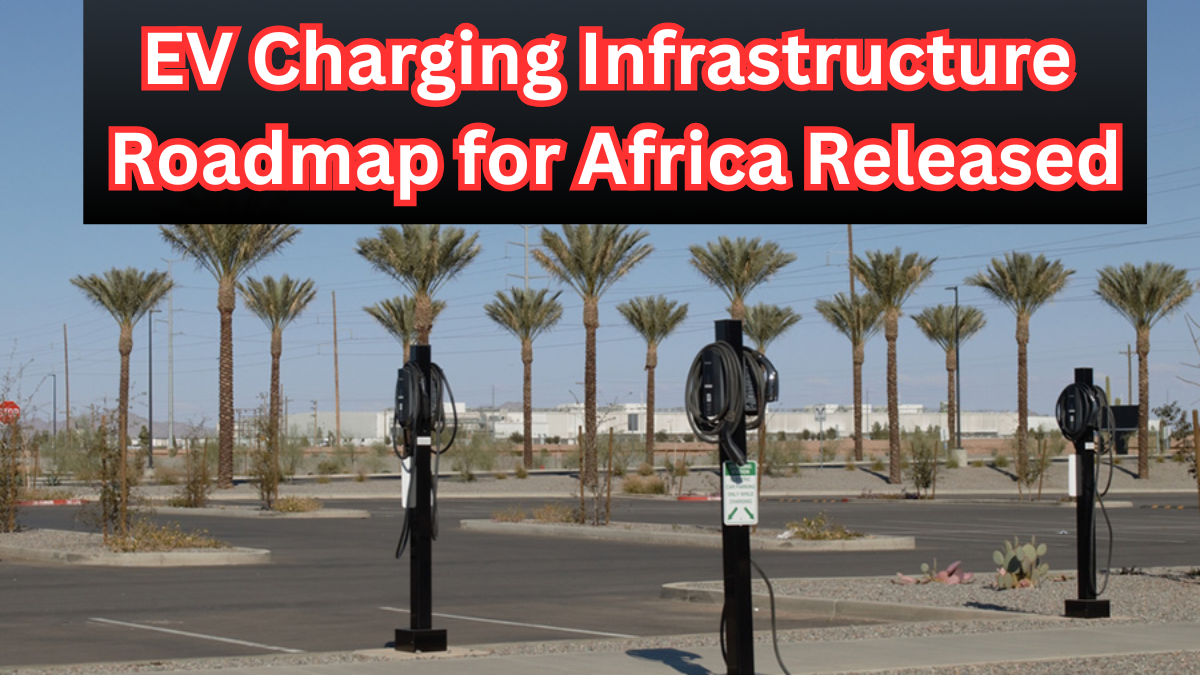The electric vehicle revolution is gaining traction across the continent, and with it comes the pressing need for a robust EV infrastructure Africa can rely on. The recently released charging roadmap outlines a bold, continent-wide strategy to scale up charging infrastructure and support clean mobility.

Why the Charging Roadmap is Crucial
With rising fuel prices and increased interest in sustainable transport, Africa faces both a challenge and an opportunity. A lack of charging infrastructure has slowed EV adoption—but this roadmap aims to change that.
Key goals of the EV roadmap include:
-
Developing an integrated network of public and private EV chargers
-
Promoting clean transport solutions powered by renewable energy
-
Attracting investments through public-private partnerships
-
Creating uniform charging standards across countries
What’s Covered in the Charging Roadmap
The roadmap is designed to guide African nations through the process of establishing EV-ready cities, highways, and rural areas.
Focus Areas of the EV Roadmap
| Focus Area | Description |
|---|---|
| Urban Charging Hubs | Stations in business districts and residential zones |
| Inter-city Highway Chargers | Fast-charging corridors for long-distance travelers |
| Renewable Energy Integration | Solar and wind-based energy sources powering EV stations |
| Investment and Funding | PPP models and international donor engagement |
| Workforce Development | Training programs for local technicians and installers |
Regional Adaptation of the EV Infrastructure Africa Plan
The roadmap considers regional diversity and customizes infrastructure rollouts accordingly.
North Africa
-
Emphasis on solar-powered charging stations
-
Harmonization with European standards
East Africa
-
Support for two-wheeler EVs like electric boda-bodas
-
Expansion of grid and off-grid charging stations
West Africa
-
Focus on community-based pilot programs
-
Strategic positioning of chargers along trade routes
Southern Africa
-
South Africa’s blend of private and government-driven chargers
-
Zambia and Zimbabwe scaling up urban EV charging networks
Barriers That May Hinder Implementation
Despite its forward-thinking approach, the roadmap highlights several challenges:
-
Limited grid connectivity in rural areas
-
High cost of initial infrastructure deployment
-
Absence of comprehensive EV policies in some regions
-
Public unawareness or resistance to EV transition
Opportunities for Innovation and Growth
The roadmap outlines significant opportunities for stakeholders:
-
Startups can develop affordable, mobile charging solutions
-
Local manufacturing can reduce dependence on imports
-
EV infrastructure can create thousands of green jobs
-
African cities can serve as testbeds for clean transport tech
A Roadmap for a Cleaner, Greener Future
This charging roadmap signals a pivotal moment for EV infrastructure Africa. By prioritizing sustainability, inclusivity, and innovation, the continent can leapfrog traditional transport models and pave the way for a cleaner, more connected future.
FAQs
Q1: What is the goal of Africa’s EV charging roadmap?
It aims to provide a continent-wide plan for building charging stations, encouraging clean transport, and standardizing technology to support EV adoption.
Q2: Which African countries are leading in EV infrastructure?
South Africa, Kenya, Morocco, and Nigeria are emerging as leaders due to early investments, policy support, and active EV pilot programs.
Q3: Will this roadmap help rural areas?
Yes. The plan includes solar and hybrid charging solutions for off-grid rural communities to ensure inclusivity.
Q4: Who is responsible for funding the roadmap?
Funding will come from national governments, international climate initiatives, and private-sector partnerships under public-private investment models.
Click here to learn more
Sachin is a dedicated writer specializing in education, career, and recruitment topics, delivering clear and actionable insights to empower readers.
